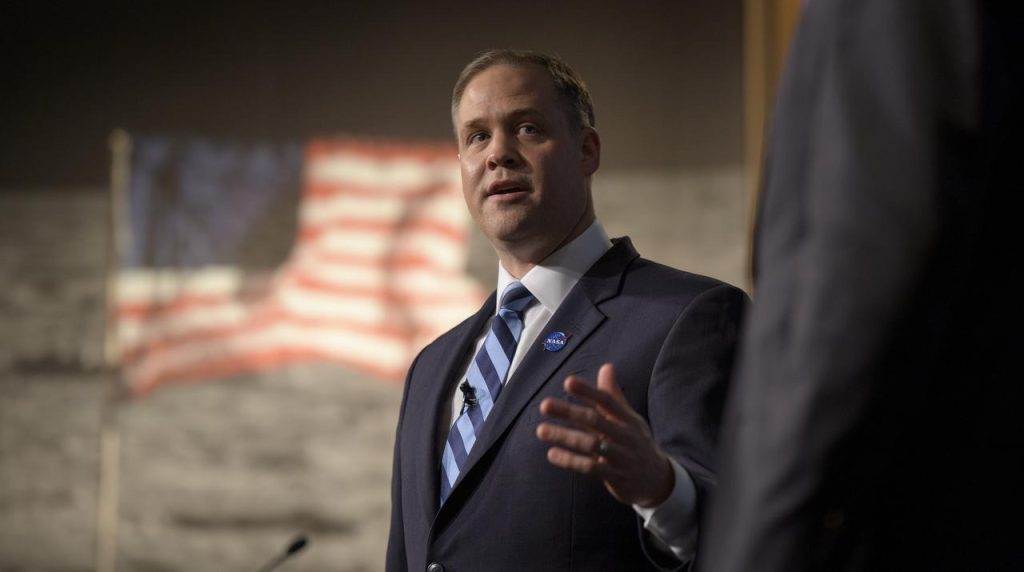The National Space Society (NSS) recognizes and supports all activities that help to enable commercial space development and settlement. Unfortunately, H.R. 5666 represents a dramatic step back from such activities.
NSS agrees with the Commercial Spaceflight Federation that the bill could incur large additional costs for NASA by eliminating commercial participation and competition in key programs. For example, the bill eliminates commercial options for lunar lander operations while inappropriately dictating to NASA a particular technical design. Additionally, the bill de-prioritizes efforts to build a base on the Moon, enable commercial lunar operations, or use ample lunar resources to dramatically lower the cost of going to Mars. Overall, the bill contains many technical specifications and requirements that are best left to NASA engineers and scientists.
We would strongly encourage the House Science, Space, and Technology Committee to reconsider this bill and build on the successful model of development programs, such as Commercial Orbital Transportation Services and Commercial Crew. We also strongly urge support for the Commercial Lunar Payload Services program based on the same model. These programs effectively harness commercial participation, save taxpayer dollars, and support the development of a sustainable space economy.
We look forward to working with members of the House Aeronautics and Space Subcommittee to address ways to strengthen H.R. 5666.
Image: NASA Administrator Jim Bridenstine answers questions during an event where nine U.S. companies where named as eligible to bid on NASA delivery services to the lunar surface through Commercial Lunar Payload Services (CLPS) contracts, Thursday, Nov. 29, 2018 at NASA Headquarters in Washington.




















1 thought on “National Space Society Recommends More Commercial Emphasis in House NASA Authorization Act of 2020”
This is concerning news. Lunar operations should already be well underway with commercial participation. Government has no business cutting essential programs and dictating machine design. This is another example of Government stepping on its own leadership in activities that matter to all of us on the ground.
I interviewed for student radio in 1990 Dr. George A. “Jay” Keyworth II, former Director, White House Office of Science & Technology Policy (1981-85) and former science advisor to Pres. Reagan, as regards his opinion on Dr. Gerard K. O’Neill’s High Frontier vision and strategy: using lunar materials for the construction of solar power satellites and habitats for space settlement and industrialization. This is the transcript:
“I think the lunar infrastructure that Gerry O’Neill talks about is well thought out in contrast to the bureaucratically-derived shuttle/space station approach that impedes us from advancing to any real serious approach to the moon or Mars. So, I’m not saying that I think that Gerry O’Neill’s is necessarily the only way, but it’s one of the best thought out, and it’s along the lines of the kind of rather new thinking that we’ll have to do to get there.”
Keyworth spoke about space-based solar power, which, when included in the energy mix, will solve the climate/energy problem over the course of the 21st century:
“I think, as in a lot of areas, when we looked at satellite solar power in the 1970s, it was a tough job, hard to make it look economically viable. I’d say that a large portion of that, particularly the miniaturization of electronics, improvement in a lot of the pertinent technologies, has made it look much more viable today, and I think with only one big change, which is cutting the cost of launching a pound of material into space, I think it could become a very viable system, so I would put it amongst any list of serious contenders for new energy technologies.”
A CD audio copy of these remarks are available to NSS on request . It includes additional interviews with then-Space Studies Institute leadership.